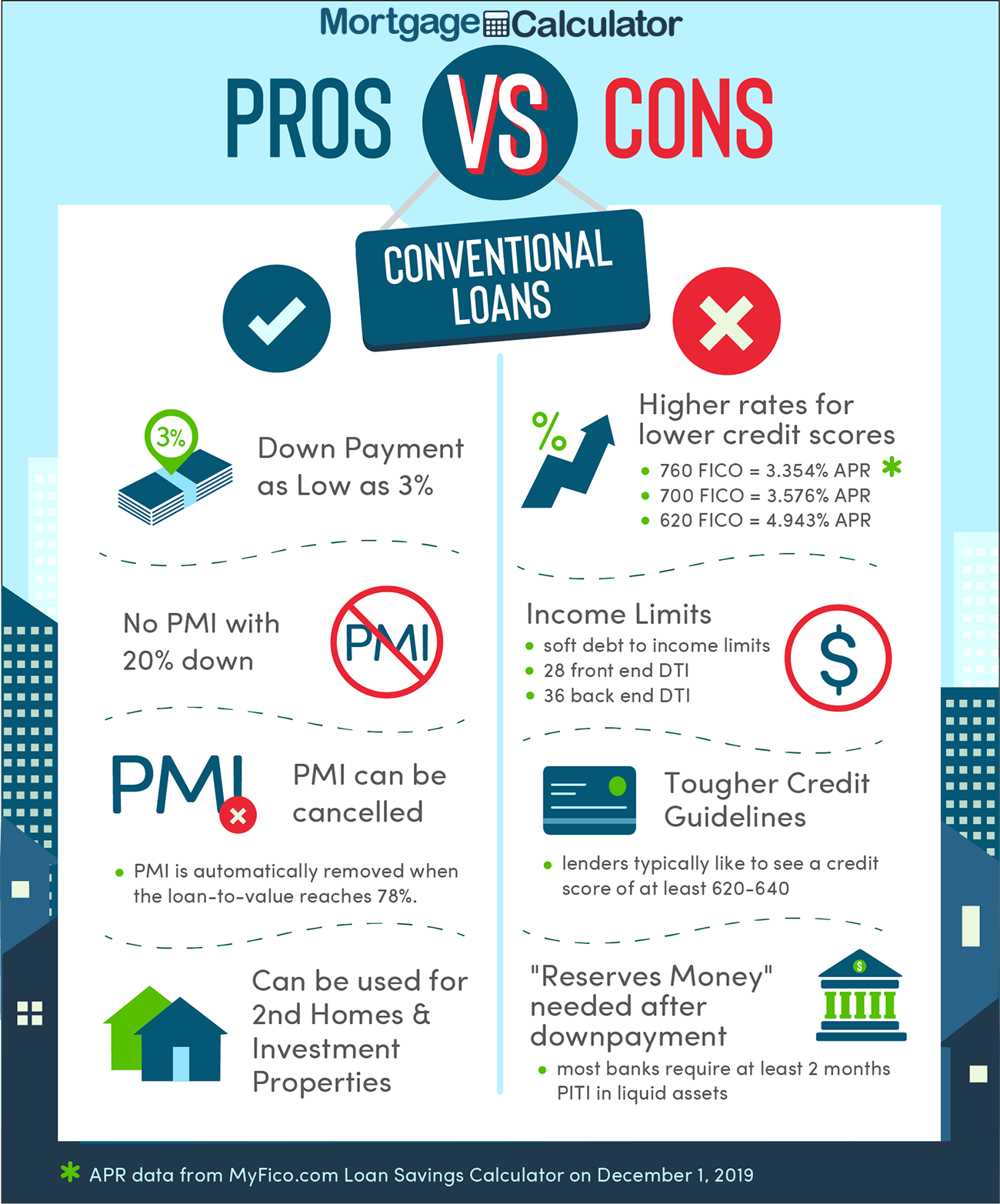Step-by-Step Process to Request Conventional Mortgage Loans
Step-by-Step Process to Request Conventional Mortgage Loans
Blog Article
The Important Variables to Think About When Deciding On In Between Fixed-Rate and Variable-rate Mortgage Car Loans
When reviewing mortgage choices, customers deal with an essential decision between adjustable-rate and fixed-rate fundings, each offering prospective challenges and distinct benefits. Trick factors to consider such as passion rate security, predictability in regular monthly settlements, and the ramifications of prospective rate modifications can substantially impact long-term economic wellness. Understanding the anticipated duration of homeownership and the total expense of loaning can shape one's approach. As these variables intertwine with individual economic scenarios and take the chance of resistance, the effects of this selection might not be as uncomplicated as they appear. What nuances should be prioritized in this vital decision-making procedure?
Rate Of Interest Price Security
When choosing a home loan, comprehending interest price stability is crucial for notified decision-making. Interest rates can significantly affect the general price of a mortgage, and identifying the nature of these prices is crucial for borrowers.
On the various other hand, variable-rate mortgages (ARMs) start with lower first rates that might alter periodically based upon market problems. While this can cause lower repayments at first, it likewise presents unpredictability, as debtors may deal with boosted settlements if rate of interest prices increase. For those thinking about an ARM, it is vital to examine the chance of price modifications, the potential for repayment increases, and the size of the preliminary fixed-rate duration.
Eventually, the option between adjustable-rate and fixed-rate home loans pivots on individual danger tolerance and financial circumstances. Recognizing interest price security assists debtors make informed choices that line up with their lasting financial objectives.
Regular Monthly Repayment Predictability
While customers often focus on rate of interest stability, the predictability of monthly repayments is just as vital in the home mortgage selection process (Conventional mortgage loans). Monthly payment predictability plays a crucial function in budgeting and economic preparation, as it straight influences a house owner's capital and overall monetary wellness
Fixed-rate home mortgages offer a consistent monthly repayment throughout the life of the lending, enabling borrowers to anticipate and prepare their expenses properly. This security can be particularly beneficial for novice property buyers or those on a fixed earnings, as it eliminates the unpredictability connected with varying repayments.
Conversely, adjustable-rate home mortgages (ARMs) commonly include reduced preliminary repayments that can transform over time, leading to prospective variability in monthly commitments. While originally enticing, this unpredictability can make complex economic preparation, specifically if borrowers do not account for future rate changes.
Potential Rate Adjustments
In the world of variable-rate mortgages (ARMs), potential price modifications represent a substantial aspect that customers must carefully consider. Unlike fixed-rate home loans, where the rates of interest continues to be unmodified for the life of the financing, ARMs are identified by varying rate of interest that are connected to market indices. This variability can lead to significant adjustments in month-to-month payments, influencing the customer's financial preparation and budgeting.
Normally, ARMs have a first fixed-rate period throughout which the interest rate is secure. After this period, however, the price readjusts at predetermined intervals-- commonly yearly. Borrowers have to be aware of the margin and index used to determine these adjustments, as they straight influence future rates of interest. In addition, click now ARMs usually include caps that limit just how much the rates of interest can increase at each adjustment and over the life of the loan, which the original source can supply some degree of security versus extreme rate walkings.
Understanding these prospective adjustments is important for borrowers, as they directly impact lasting payment obligations. For that reason, examining individual monetary scenarios and take the chance of resistance is necessary when deciding whether an ARM aligns with one's monetary objectives.
Loan Term Considerations
Car loan term factors to consider play a pivotal duty in the decision-making process for customers picking in between adjustable-rate and fixed-rate home loans. The length of the loan term considerably influences month-to-month repayments, passion prices, and total economic planning. Fixed-rate mortgages commonly offer terms of 15 to three decades, supplying security in month-to-month payments and predictability in budgeting. This can be especially appealing for consumers who intend to remain in the very same home lasting and favor the certainty of fixed payments throughout the life of the car loan.

Eventually, customers have to evaluate their personal scenarios, monetary objectives, and market conditions when weighing the effects of loan term options within each home loan type.

General Cost of Borrowing
Fixed-rate home mortgages offer predictable month-to-month payments, as the interest rate remains constant throughout the loan term. This predictability can lead to lower general prices, especially in a secure or decreasing rate of interest rate setting.
Alternatively, variable-rate mortgages (ARMs) typically start with reduced first prices, causing decreased in advance Look At This costs. However, these prices can raise after a preliminary period, resulting in potentially greater long-term prices. Borrowers have to think about the frequency and level of price modifications, in addition to the general lending duration, to accurately assess the monetary implications.
Moreover, the overall cost of borrowing incorporates not only rate of interest but also charges and various other associated expenses, such as shutting costs and insurance coverage (Conventional mortgage loans). Consequently, when reviewing mortgage choices, debtors must perform a detailed price analysis over the life of the lending. By doing so, they can make an educated decision that aligns with their monetary goals and take the chance of resistance
Conclusion
Rate of interest rate stability and regular monthly payment predictability are critical for reliable budgeting, while the possibility for rate adjustments in ARMs presents monetary uncertainty. Furthermore, the expected duration of homeownership and the general cost of borrowing, including interest rates and connected fees, must align with specific economic conditions and run the risk of tolerance.
Secret considerations such as rate of interest rate security, predictability in monthly repayments, and the ramifications of prospective price modifications can substantially influence long-term economic wellness. Rate of interest rates can dramatically influence the overall price of a mortgage, and acknowledging the nature of these rates is crucial for debtors. Unlike fixed-rate home loans, where the passion rate remains unmodified for the life of the financing, ARMs are identified by varying rate of interest rates that are connected to market indices. Furthermore, ARMs usually consist of caps that limit how much the passion price can enhance at each modification and over the life of the financing, which can provide some degree of security versus radical price walkings.
Rate of interest rate security and monthly payment predictability are vital for efficient budgeting, while the possibility for price modifications in ARMs presents economic unpredictability.
Report this page